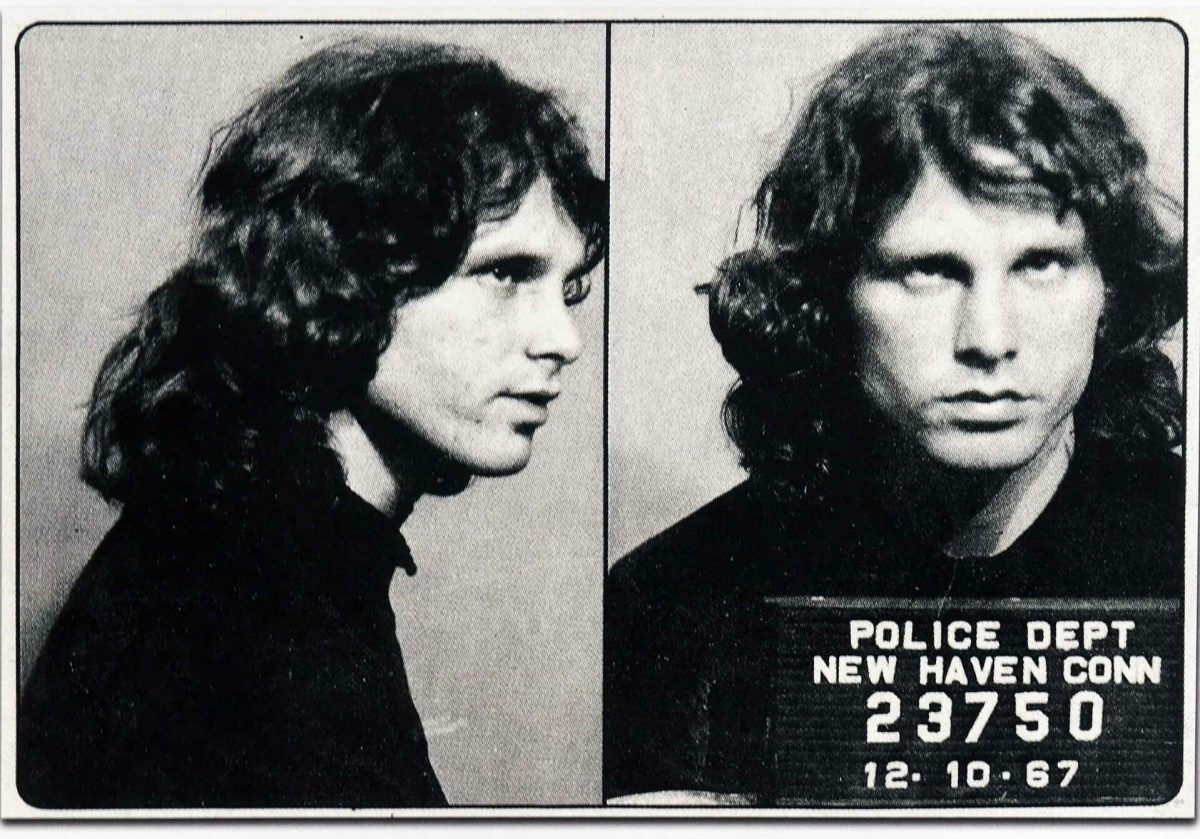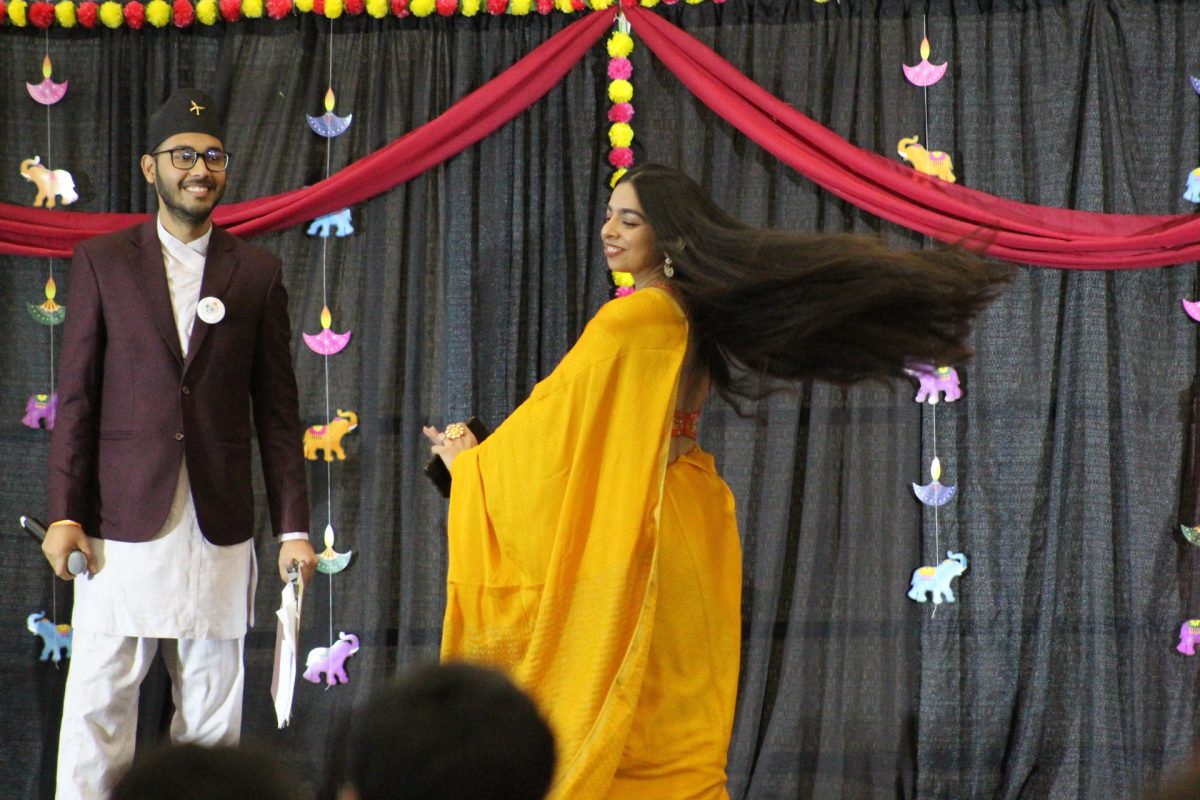Rock and roll has been an integral part of New Haven history with events such as The Doors’ lead singer being arrested on stage and the mayor banning the genre early in the timeline.
Ever since rock and roll became a genre, it has had a major influence on the culture and history of New Haven. There have been many musical events and venues that have put New Haven on the map for rock and roll. Even today, rock and roll and other music genres are still a heavy part of the Elm City’s nightlife especially amongst college students across the metro. But how have certain songs, bands, acts, events and venues shaped rock and roll in New Haven?
The inspiration of rock and roll within New Haven originates from the doo wop scene within the city of the 1950s. The doo wop genre inspired many rock and rollers who came out of New Haven. The 1956 doo wop hit, “In the Still of the Night” became one of the most known songs to be recorded out of New Haven.
“When the rock-nostalgia club Boppers ruled the downtown College Street dance club scene back in the late ’80s and early ’90s, the closing-time anthem every night was The Five Satins’ “In the Still of the Night,” said Chirstopher Arnott of the Daily Nutmeg.
Despite the growing popularity of the genre across the country, rock and roll was not well-liked in New Haven by officials initially. On March 19, 1955, a rock concert in New Haven was ended by the police, citing that the dancing was too inappropriate for the audience despite that all in attendance had to be at least 21 years old. The police chief of New Haven Francis McManus stated, “There will be no more of that.” The genre was also banned in 1958 for a few years following a riot in Boston. In response to a concert which was canceled by the ban, the mayor of New Haven Richard C. Lee stated, “Not only will this show not be permitted, but while I am mayor there will be no further rock ‘n’ roll melees in this city.”
Fast forward to the 1960s, the rock and roll ban would be lifted, and the scene would boom across New Haven. Popular rock acts such as the Rolling Stones, Bob Dylan and Cream would play at the notable New Haven Arena in the 1960s. The booming rock scene led to one of the most infamous moments of roll and roll history when Jim Morrison, lead singer of The Doors, would be arrested on stage in the middle of a concert which sparked a riot shortly after. The incident would later get the city of New Haven name dropped in the song “Peace Frog” through a lyric from Morrison, “Blood on the streets in the town of New Haven.” The arena was replaced by the New Haven Coliseum in 1972 and held many historic concerts by a wide variety of artists. The venue closed in 2002 and was demolished five years later.
While larger venues like the Arena and Coliseum brought in big acts, Toad’s Place has made itself a historic landmark in New Haven history. Toad’s Place opened in 1975 and expanded from a restaurant into a club. The venue, while small, has earned a reputation as one of the most historic clubs in the country and continues to this day to bring in many famous acts. Lee Franco, who is part of a documentary on the legacy of Toad’s Place, said, “Like every other college student, whether you went to Yale, UNH, Southern, or any other college, you hung out at Toad’s.”
Thomas Maynard, student at the university, grew up in the rock and roll culture of New Haven despite the Coliseum being long gone. His rock and roll experience was a personal one as his father would often put albums on in the car by various artists such as Bruce Springsteen and Bryan Adams. Maynard’s admiration for the genre has continued to impact him and has given him the opportunity to run a rock-based music show for 88.7 WHNU known as Classic Fusion.




